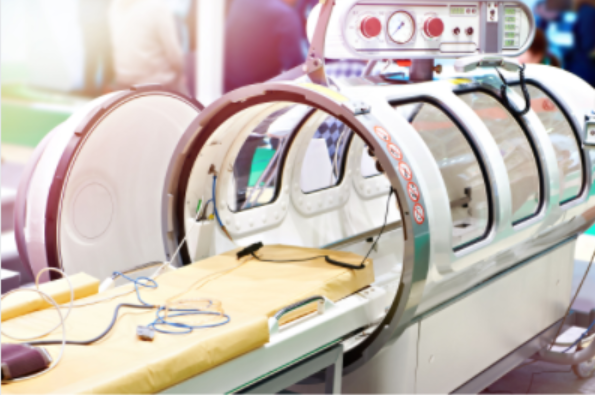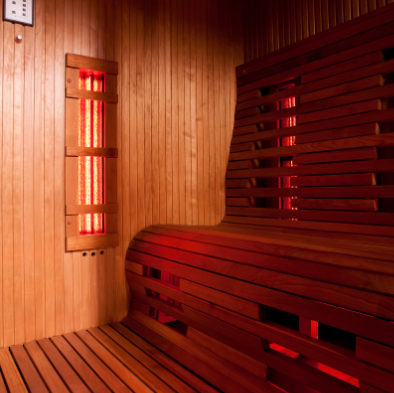What is burnout from exercise?
Burnout isn’t always just one variable but oftentimes an accumulation of many. Burnout symptoms can resemble general fatigue, abnormal intra-workout fatigue, low motivation and a dip in your progress related to your performance.
How do I combat burnout symptoms?
1. Listen to your body. Take time off.
Sometimes our best data is built right into our human bodies. Of course, heart rate variability and recovery goals are great indicators to determine your current performance level capabilities, but our bodies will often let us know when it’s time to rest.
Simply put, the several burnout symptoms mentioned above are great variables that will let you know it’s time to take a break, but some of those are a bit too far down the rabbit hole of overtraining and burnout by the time we notice them.
If you have been training consistently for weeks to months and you’re noticing your performance is stagnant or you aren’t able to hit the weights you did in the past, take that as a sign to take a day or two off. Allow your nervous system and tissues to fully regenerate. You’ll soon realize that was the missing piece all along to achieving your personal best!
2. Prioritize recovery, quality sleep and rest days.
As proactive high-performers, we can often get too obsessed with hard-work and tend to overlook or completely neglect the recovery side of life. One thing to always remind yourself is Stress + Recovery = Adaptation. Or simply put, Work + Rest = Success.
Imagine having a viral infection in your body and continuing to work 12 hour days, plus continue to touch random objects in public while touching your face and mouth, never taking any medication, eating a poor diet and then getting 4 hours of sleep. Odds are, you’re probably going to feel miserable and stay sick a long time. Now treat exercising like the infection and your recovery like the medicine and rest.
The key to it all is learning to understand your unique body’s amount of exercise stress it can take and how much proactive recovery it needs on a weekly basis. This is best done through simple trial and error.
One good starting point is to train no more than 2 days in a row and aim to get 7-9 hours of quality sleep per night. If you can tackle those 2 key recovery variables consistently, then you will have laid a great foundation for being able to exercise harder and more often.
3. Change up your programming/goals to reduce boredom.
If fitness has become a lifestyle for you, or you are just beginning a new journey, it’s possible you will focus on one particular goal for months on end. This isn’t a bad thing! It’s good to set realistic goals and seek to achieve them by any means.
However, doing the same routine for months or even weeks on end can lead to a plateau effect along with demotivation from boredom of doing the same thing constantly. Seek to change the exercise selection within your routines to provide a new mental stimulus and focus.
If you have been training towards building size on a particular muscle group or strength on a particular lift, maybe take a month off and focus on a new goal that is in a similar realm.
4. Wear a heart rate monitor to avoid overexertion and give you motivation.
Knowing what your true potential is and knowing if you are working too hard can be two difficult things to pinpoint during your workouts without some specific data and tech. This is where heart rate monitors come into play.
A heart rate monitor tracks how many beats per minute your heart is working at, while also placing your current heart rate into a “training zone” based on your current age. Your training zone can be anywhere from Zone 1-5. Zone 1 is a lower heart rate zone from 50-70% of your max HR, while zone 5 is a higher heart rate zone from 90-100% of your max HR. Your heart rate zone is based off of the formula for your max heart rate which is 220-your age.
Using heart rate zones for specific goals or outcomes for your workouts can help to keep you accountable during the workout and also prevent you from accidentally over-training during the workout.
5. Add a variety of exercise, not just strength training or just cardio.
If you are new to exercise or have been doing it a while with your own guidance, odds are you have been doing the same routines for months or even years. This can lead to plateaus, decreases in performance and also boredom.
Adding a new variety of physical activity or exercise can be just what the doctor ordered! Think about other forms of structured exercise such as group exercise classes, goal-driven strength or cardio programs, personal training, recreational sports, hiking, etc.
These new forms of physical activity will put your body into new ranges of motion, challenge new energy systems and create a sense of fun for exercise.
6. Add varying intensities and volume. You can’t expect to train at 100% 4-6 days per week.
Have you ever heard the phrase “Go hard or go home!”? How about “No pain, no gain!”? These old-school phrases are driven off of motivation techniques for athletes to train at their potential on days when they are feeling low energy and unmotivated. These phrases are not realistic daily approaches to exercise.
In fact, trying to train at 100% intensity of your potential every single time you step foot in the gym will actually lead to a decrease in performance (strength, size, endurance). Crazy to think, right? This is because the body recovers at different paces based on how intense and long the workout was. If you are expecting to go 100% 4-6 days per week, you won’t have enough recovery time by the time you get to day 4 or 6 to reproduce the same outcomes.
Instead, try changing up your intensities (e.g., load, speed of movement) and volume (e.g., reps, sets, length of workout) on a weekly or even daily basis. Having this undulating programming will allow the body to get some recovery time even while you are working out on other days. Instead of 100% for 4-6 days, you may have 1-2 days of 100%, 1-2 days of 75% and 1-2 days of 80%.








